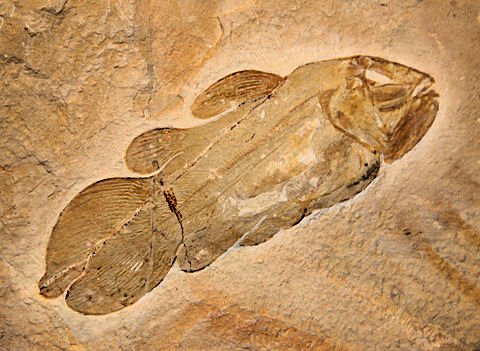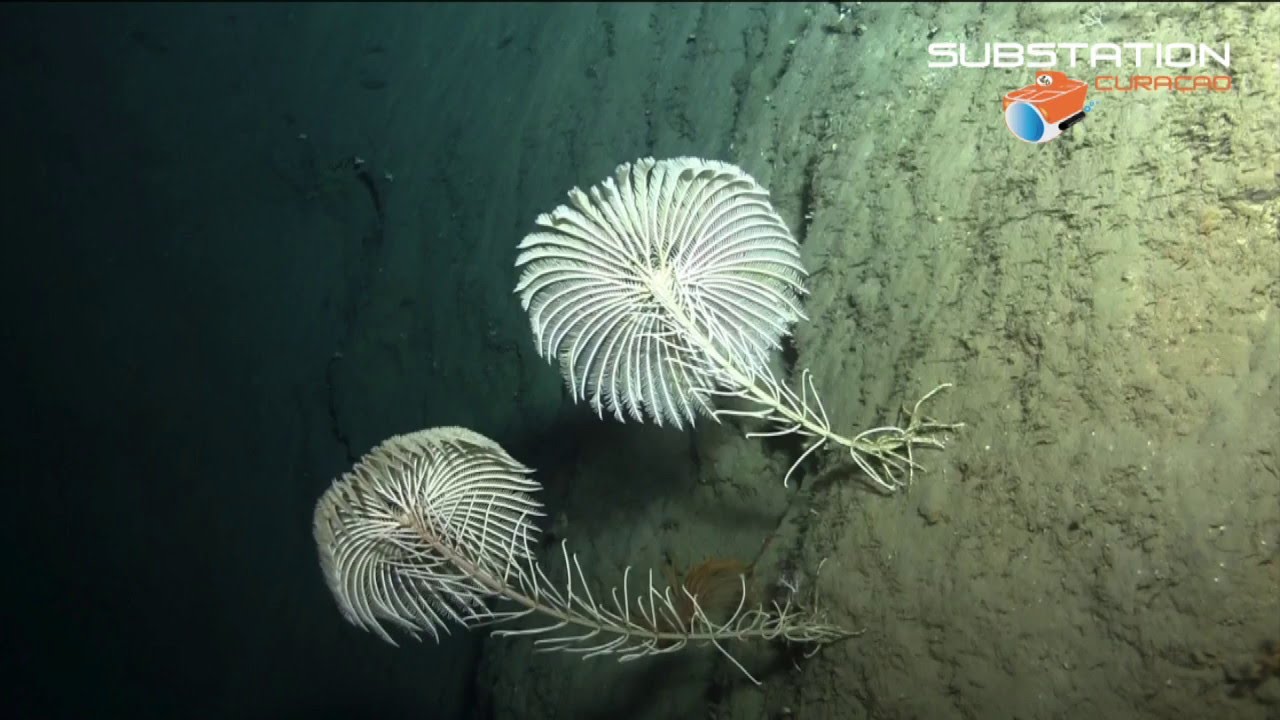We humans tend to think of evolution as the slow but steady upward progress of various species of life into newer, better forms. A more accurate description however would be adaptations to the anatomy and behavior of species so that they can better fit into their local environment. Evolution is after all a response to local conditions not some universal motion along a directed path toward a specific goal. In other words evolution wasn’t aiming at us in any way.


If you think about it then you might ask the question, what happens when a species becomes so well adapted to its environment that there are no longer any evolutionary pressures on it? Would such a species simply stop evolving? Well today I’d like to talk about several species, and one symbiotic relationship, that have survived mostly unchanged for hundreds of millions of years. Such creatures are often referred to as ‘Living Fossils’ and by studying them biologists have learned a lot about what evolution does, or doesn’t do.
I’ll start with the creatures with which I am personally familiar, horseshoe crabs. I wrote a post about the annual breeding of horseshoe crabs back in 22nd of May 2019 so today I’ll simply review a few of the most interesting facts about this ancient creature.

Based upon their fossil record horseshoe crabs first appeared back in the Ordovician period more than 450 million years ago (mya). Although they are members of the phylum arthropoda horseshoes are not true crabs but are actually more closely related to modern spiders and scorpions. Today there are four remaining species of horseshoe crabs who inhabit the near shore ocean environments where they live by crawling along the seabed consuming mostly worms and molluscs they find in the sand.

Once a year, in the spring here on the US east coast, horseshoe crabs leave their shallow ocean homes to come onto land and mate. I have witnessed this annual and very ancient ritual several times and can only hope that the mating of horseshoe crabs goes on for many millions of more years.

Of course the biggest threat to horseshoe crabs are human beings. Every year along the eastern seaboard about a million of these creatures are harvested to be used as bait in eel fishing. Another half a million are collected to obtain the animals blood, which is blue in colour because it is based on copper not iron. The blood of horseshoe crabs contain amebocytes, cells similar to our white blood cells and which like them fight disease pathogens. Indeed the amebocytes of horseshoe crabs are so sensitive that we use them as a means to test of the purity of drugs and medicines.

The labouratories that obtain horseshoe crab blood maintain that only about 5% of the animals harvested die in the procedure. Many scientists however doubt that assertion pointing out that there have been no studies of what happens to the crabs after they are released back into the ocean.
The biggest threat to the horseshoe crab however has to be just the ongoing development of the shoreline. As more and more houses are built right up to the beach, and as more and more beaches become tourist hot spots there is less and less room for the crabs to come onshore and breed. The question is therefore, how long before horseshoe crabs go from being ‘Living Fossils’ to just fossils?

Another kind of ‘Living Fossil’ are the ancient lobe-finned fishes known as the Coelacanth. Fossil coelacanths are known from the Devonian period through the late Cretaceous with hundreds of species discovered. For over a hundred years however coelacanths were thought to have become extinct at the same time as the dinosaurs. Then in 1938 Museum curator Marjorie Courtenay-Latimer in South Africa was prowling around a fish market on the coast of the Indian Ocean when she chanced upon a dead coelacanth. Although Courtenay-Latimer could not identify the animal she immediately realized how unusual it was and contacted an ichthyologist named J. L. B. Smith at Rhodes who correctly identified it. No other coelacanths were discovered until after World War II but in the years since two species have been discovered in the depths of the Indian Ocean ranging from the coast of Africa to the Islands of Indonesia.

Coelacanths are important in the history of life because of their position as relatives of the lobe-finned fishes that left the waters and became the first land dwelling tetrapods. That means that coelacanths are actually more closely related to us than they are to tuna or salmon or flounder.

And like the horseshoe crabs who also survived both the Permian extinction and the extinction of the dinosaurs the coelacanths are now under their greatest threat ever, from us. You see back in 1938 a fisherman in the Indian Ocean would only rarely catch a coelacanth because they live in rather deep waters. Today however modern advances in fishing techniques, particularly deep sea trawling, have greatly increased the number of coelacanths being captured by fishermen.

Scientists aren’t certain just how endangered coelacanths are however because no accurate census of their numbers has ever been taken. Still, there is considerable reason for concern. And the worst part is that the fishermen don’t even want to catch coelacanths, which taste horrible and have been known to actually make some people nauseous. No, coelacanths are merely by-catch, fish that accidentally get caught in nets and die before they can be released back into the ocean. So it is that we may be threatening the survival of creatures whose lineage dates back around 400 million years simply because they get in our way.
My last story today concerns not only two kinds of living fossils but a symbiotic relationship between them that was thought to have gone extinct. Recently however Oceanographers researching invertebrates in Suruga Bay off of Japan’s big island Honshu discovered that the relationship between crinoids and anemones was alive and well after more than 273 million years.


Crinoids themselves are very ancient, dating back like the horseshoe crab to the Ordovician period 450 mya. Related to starfish, crinoids attach themselves to the sea floor by a long stalk and use their multiple arms to collect whatever food particles happen to float past them. This makes the crinoids look something like flowers and has given them their nickname of ‘sea lilies’. Fossils of crinoids are very common in Paleozoic rocks, I have many, but today they are somewhat rare creatures.

Sea anemones are even more ancient but because they do not fossilize well, no hard parts, we aren’t sure how old they are, 550 million years at least. Anemones are extremely simple creatures, little more than a bag of jelly like tissue with arms that again catch food. The arms of an anemone have very nasty stinging cells that allow the creature to feed on some rather large and active prey.


Well back in the carboniferous period, 300 mya anemones started attaching themselves to the stalk of the crinoids, many fossils from that time clearly display the two animals living together. It is thought that living on a crinoid’s stalk got the anemone higher up in the water column where it could feed better while the crinoid benefited by feeding on some bits of food that escaped the anemone. However beneficial the symbiotic relationship may have been it disappeared about 273 mya, or so the paleontologists thought. And the best thing about crinoids and anemones is that they’re both quite safe from extinction at present, so who knows, their symbiosis may last for another quarter of a billion years. It’s nice to know that some relationships can last.
